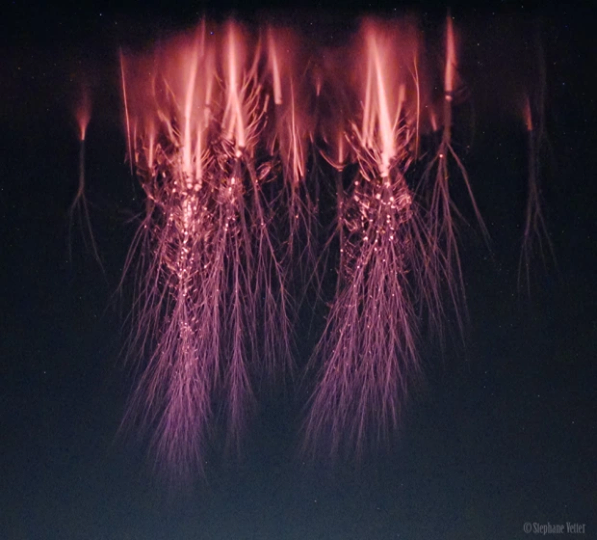TARANIS mission – in search of sprites, elves and giants
French microsatellite TARANIS will observe and study mysterious electro-magnetic phenomena taking place in the upper layers of the Earth's atmosphere. Researchers from the Space Research Center of the Polish Academy of Sciences have designed the MEXIC Power Unit (MPU), which will run all the TARANIS payloads. The satellite is scheduled to be launched on Tuesday, November 17, 2020.

Electric "sprites", "elves", or "giants" are popular names used to coin the transient luminous events (TLEs). Red or blue flashes are formed in the upper atmosphere, explode between the top of thunderclouds and propagate to the near space environment giving an optical spectacle. They last only milliseconds, spread rapidly and carry very strong electromagnetic radiation, and possibly X- and gamma-ray radiation. Until very recently, scientists knew little about these bizarre upper atmospheric flashes and their impact on changes taking place in the atmosphere. The research regarding TLEs is still cutting-edge science. In this respect, the TARANIS space mission will be a pioneering undertaking, as it aims to look at these short-lived light phenomena and see how they interact with the little-known part of the atmosphere. The role of Polish researchers and engineers, led by Prof. Jan Błęcki from the PAS Space Research Center is to create the MEXIC system.
MEXIC
MEXIC (Multi Experiment Interface Controller) is a central system managing all scientific instruments on board the TARANIS satellite. It coordinates the work of such instruments as X-ray and gamma detectors, a system of two electron energy spectrometers, and analyzers that monitor electrical and magnetic field disturbances. Moreover, it collects and archives data and supplies power to all instruments. The engineers from the PAS Space Research Center, Dr. Roman Wawrzaszek and Witold Nowosielski, MSc, have made a significant contribution in the construction of this extremely complex system.
TARANIS mission
TARANIS is the National Center for Space Studies (Center National d'Études Spatiales – CNES) microsatellite mission, proposed and supervised by LPC2E (Laboratoire de Physique et de Chimie de l'Environnement, CNRS), and CEA (Commissariat a l'Energie Atomique) of France in collaboration with institutions from the USA, Denmark, Japan, the Czech Republic and Poland. Polish team of researchers from the PAS Space Research Center in Warsaw have been involved in the TARANIS mission project for over a decade.
